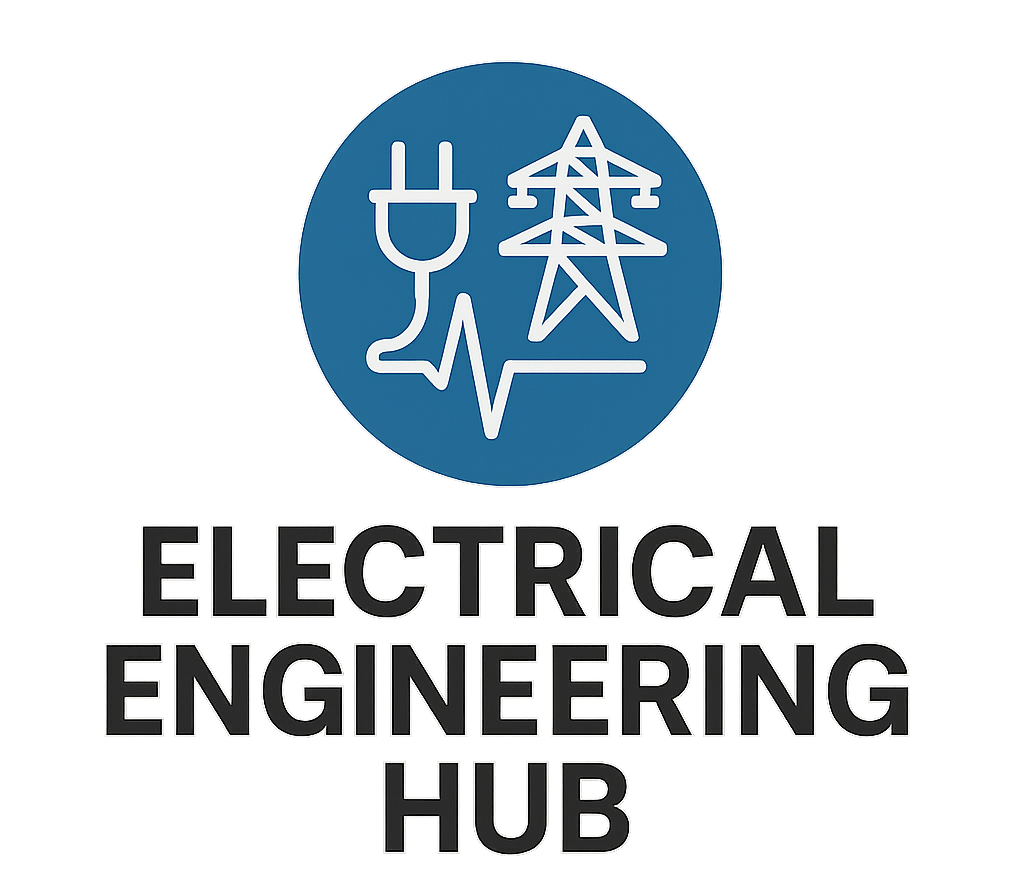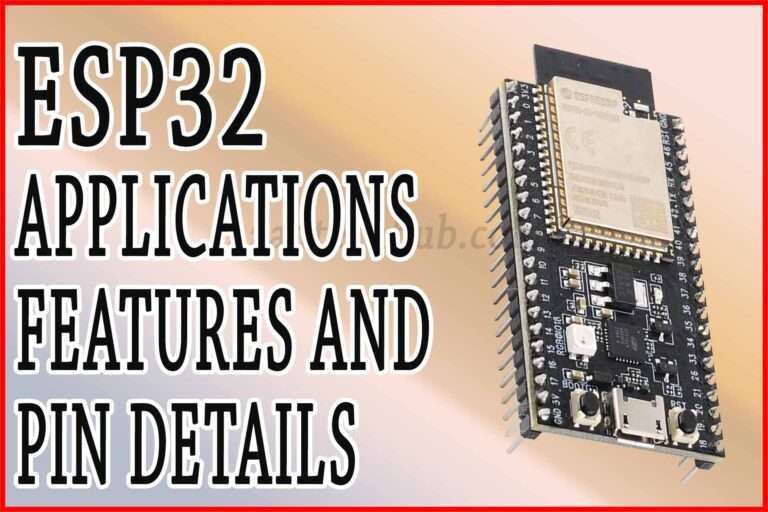What is a Smart Grid? An Important Overview
Introduction
The energy sector is undergoing a significant transformation in today’s rapidly evolving technological landscape. One of the most promising developments is the advent of the smart grid. This innovative concept is revolutionizing the way we produce, distribute, and consume electricity.

Table of Contents
Understanding the Smart Grids
A smart grid is a modernized electrical power grid that utilizes advanced technologies to improve efficiency, reliability, and sustainability. It integrates digital technologies, such as sensors, communication networks, and automation systems, to optimize the flow of electricity from generation to consumption.
Key Features of a Smart Grid
Two-way communication: Unlike traditional grids, smart grids enable two-way communication between utilities and consumers. This allows for real-time monitoring and control of electricity usage.
Real-time monitoring: Advanced sensors and meters collect data on electricity production, consumption, and distribution. This data is analyzed to identify patterns, optimize operations, and detect anomalies.
Automation: Intelligent grids incorporate automation systems to ensure efficient and reliable operation. These systems can automatically adjust power generation, distribution, and consumption based on demand and supply.
Integration of renewable energy: Smart grids are designed to seamlessly integrate renewable energy sources, such as solar and wind power. This helps to reduce reliance on fossil fuels and promote a more sustainable energy future.
Demand response: Smart grids enable demand response programs, where consumers can adjust their electricity usage in response to price signals or grid conditions. This helps to balance supply and demand and reduce peak load.
Benefits of Smart Grids
Improved reliability: Intelligent grids can detect and respond to faults and outages more quickly, reducing downtime and improving overall reliability.
Increased efficiency: By optimizing electricity flow and reducing losses, smart grids can improve energy efficiency and lower operating costs.
Enhanced sustainability: The integration of renewable energy sources and demand response programs makes grids more sustainable and environmentally friendly.
Improved customer experience: Smart grids can provide customers with real-time information about their electricity usage, enabling them to make informed decisions and reduce their energy consumption.
Economic benefits: Smart grids can create new business opportunities and stimulate economic growth.
Challenges and Opportunities
The implementation of grids presents several challenges, including:
High initial costs: The installation of advanced technologies and infrastructure can be expensive.
Cybersecurity risks: Grids are vulnerable to cyberattacks, which could disrupt operations and compromise sensitive data.
Interoperability issues: Ensuring compatibility between different systems and technologies can be complex.
Regulatory challenges: Developing appropriate regulations and standards to govern smart grids is essential.
Despite these challenges, the potential benefits of smart grids are significant. By addressing these challenges and leveraging the latest technologies, we can create a more resilient, efficient, and sustainable energy future.
Smart Grid Technologies
The implementation of a smart grid relies on a variety of advanced technologies that enable efficient communication, data management, and automation. Some of the key technologies driving the development of smart grids include:
Smart Meters
Real-time monitoring: Smart meters collect and transmit data on electricity usage in real-time.
Two-way communication: They allow for communication between utilities and consumers, enabling demand response programs and remote meter reading.
Advanced metering infrastructure (AMI): AMI provides the communication network and data management systems to support smart meters.
Communication Technologies
Power Line Communication (PLC): PLC uses existing power lines for communication, making it a cost-effective option for data transmission within the grid.
Wireless Communication: Technologies such as Wi-Fi, cellular networks, and radio frequency (RF) mesh networks can be used for communication between grid components.
Optical Fiber: Optical fiber provides high-bandwidth, reliable communication channels for critical applications.
Automation Systems
Distributed Control Systems (DCS): DCSs automate the control and monitoring of various grid components, such as power generation, transmission, and distribution.
Supervisory Control and Data Acquisition (SCADA): SCADA systems provide a centralized view of the grid, allowing operators to monitor and control operations.
Energy Management Systems (EMS): EMSs optimize the operation of the grid by analyzing data and making decisions based on real-time conditions.
Sensors and Actuators
Sensors: Sensors are used to collect data on various aspects of the grid, such as voltage, current, temperature, and power quality.
Actuators: Actuators are used to control devices and equipment within the grid, such as switches, transformers, and generators.

Internet of Things (IoT)
IoT devices: IoT devices can be integrated into the grid to provide additional data and functionality, such as monitoring energy consumption in individual homes or businesses.
IoT platforms: IoT platforms enable the collection, analysis, and visualization of data from IoT devices.
Artificial Intelligence (AI) and Machine Learning
AI algorithms: AI algorithms can be used to analyze large datasets and identify patterns and trends that can be used to optimize grid operations.
Machine learning: Machine learning techniques can be used to develop models that can predict future grid conditions and make decisions based on these predictions.
By leveraging these technologies, grids can achieve significant improvements in efficiency, reliability, and sustainability.
Conclusion
The smart grid represents a paradigm shift in the energy industry. By integrating advanced technologies and enabling two-way communication, smart grids offer numerous benefits, including improved reliability, efficiency, sustainability, and customer experience. While there are challenges to overcome, the potential rewards of investing in smart grid infrastructure are substantial. As we continue to embrace technological advancements, the grid will play a crucial role in shaping a sustainable and prosperous energy future.
Worth Read Posts
- Power Transformer Testing
- Power Transformer Parts
- Hysteresis Loss and Eddy Current Loss
- Derivation of Hysteresis Losses
- Transformers: Important Types, Features & Components
- Transformer Tests Before Commissioning
- Transformer Electrical Interview
Follow us on LinkedIn, “Electrical Insights,” to get the latest updates on electrical engineering. For the latest jobs follow us on “Jobs Corner“.




